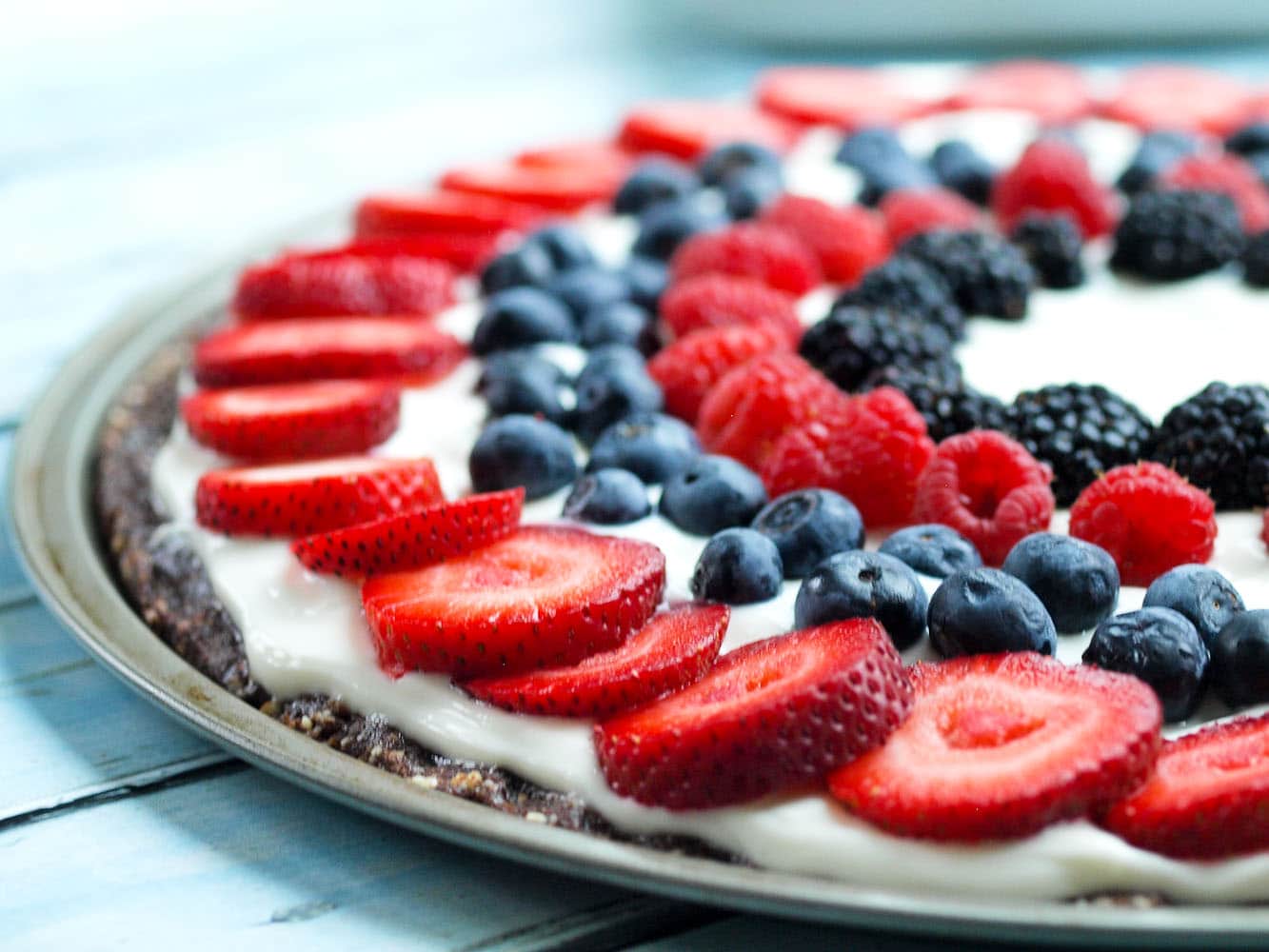There are a lot of diet plans available now, and it has become really difficult to choose one out of them. Going for a low-calorie diet can be trouble as if you reduce your calorie intake too much, you might start feeling tired and irritable.
So it is important to continue taking the required amount of calories/day, to keep your energy going through out the day. In order to lose weight many physicians recommend you to lower your calorie intake and exercise regularly, but whats important here is, that it's not only about the quantity of calorie intake but also the quality of calories.
And this doesn't have to be complicated at all, we just need to exclude some bad calorie choices from our diet.
1. Eat Apples before Every Meal :
For loosing weight try eating an apple before each meal. Since it takes about 20 minutes to realize that you’re not as hungry as you were before eating, you should eat the apple at least that many minutes before you plan to have a meal. One medium-size apple with skin has approximately 100 calories, so eating one doesn’t add much to your caloric intake.
Apples have no fat, sodium, or cholesterol, and they are rich in vitamin C and dietary fiber. Lots of varieties exist, and each of them offers a unique quality of flavor and crispness.
2. Don't Drink Calories :
Some beverages other than water contains a lot of calories, and depending upon how much you consume them in a day, you might be taking in more calories from them throughout the whole day, so it is very important to know the amount of calories your favorite beverage contains, specially if you are planning on loosing some weight.
Few of them are as follows:

- 12 ounces (350ml) of Orange juice has about 160 calories.
-A cup of coffee with half-and-half and sugar for breakfast has about 90 calories.
-Medium cafe latte has about 250 calories.
-Large soda with lunch 300 calories
-Beer or a glass of wine during dinner about 150 calories.
If you add all this up throughout a day, just imagine how much calories you are getting just from the beverages you drink.
3. Avoid White carbohydrates :
Most of these White carbohydrates are processed to the point that they have lost much of their nutritional value.Bread, rice, pasta, cereal, crackers, and bread crumbs made from white flour have been linked to an increased risk of obesity when excessive amounts are ingested. Eating white carbohydrates on occasion is not a bad thing, as long as it is done in moderation.
The human body needs a certain amount of good carbohydrates to function properly. However, it is healthier for people to eat simplecarbohydrates rather than those found in foods made from white flour.
Simple carbohydrates include vegetables, fruits, whole grains, and legumes. Eating simple carbs and foods made from unrefined flour will keep you feeling full longer, helping you to limit your caloric intake.
4. Drink a lot of water :
You should drink about eight to ten 8 ounce glasses (230ml) of water each day.
It might sound like a lot, but drinking that much water each day can boost your body’s metabolism, which helps you to burn more calories each day whether or not you exercise.
5.Eat only Lean Proteins :
It is necessary to understand the importance of lean proteins when trying to lose weight, While sources of lean protein (meat, fish, beans, and dairy products) might have a higher calorie count than fruits and vegetables, they are an important part of losing weight.
Eating lean protein allows you to feel full longer than you would if you ate an orange or handful of raw snow peas. This is because protein remains in the stomach longer than most fruits and vegetables.
From the moment you eat it, protein begins to help you to lose weight. It takes longer to digestand metabolize protein, so your body uses more energy and calories to do so. Lean protein sources allow you to avoid the extra calories that are found in animal fats, so you should choose skinless chicken or turkey, lean cuts of beef, and pork tenderloin.
6. Include more Vegetables to your Diet :
Fresh, unprocessed vegetables are low in cholesterol, salt, and fat. Choosing fresh vegetables is better than selecting frozen or canned versions that might have added salt in them, and since they are so low in calories, you can eat as many vegetables as you want as long as you do not add butter, dressings, or sauces.
Not only can a diet rich in vegetables help you to lose weight, but it also provides lots of nutrients.These nutrients include vitamin C, vitamin A, potassium, and folic acid.
7. Exercise Several Times a Week :

Of-course we all know, in order to lose weight it is necessary to exercise several times weekly, but now that we have know about our food intake, exercising would be more effective.
Each time you exercise, will burn more calories, hence helps you lose weight faster, you should find time to participate in a regular physical activity for at-least 30-minutes a day, and if you can't find a block of 30-minutes straight, you can always break your routine into a 10 minutes session each.




















.jpg)